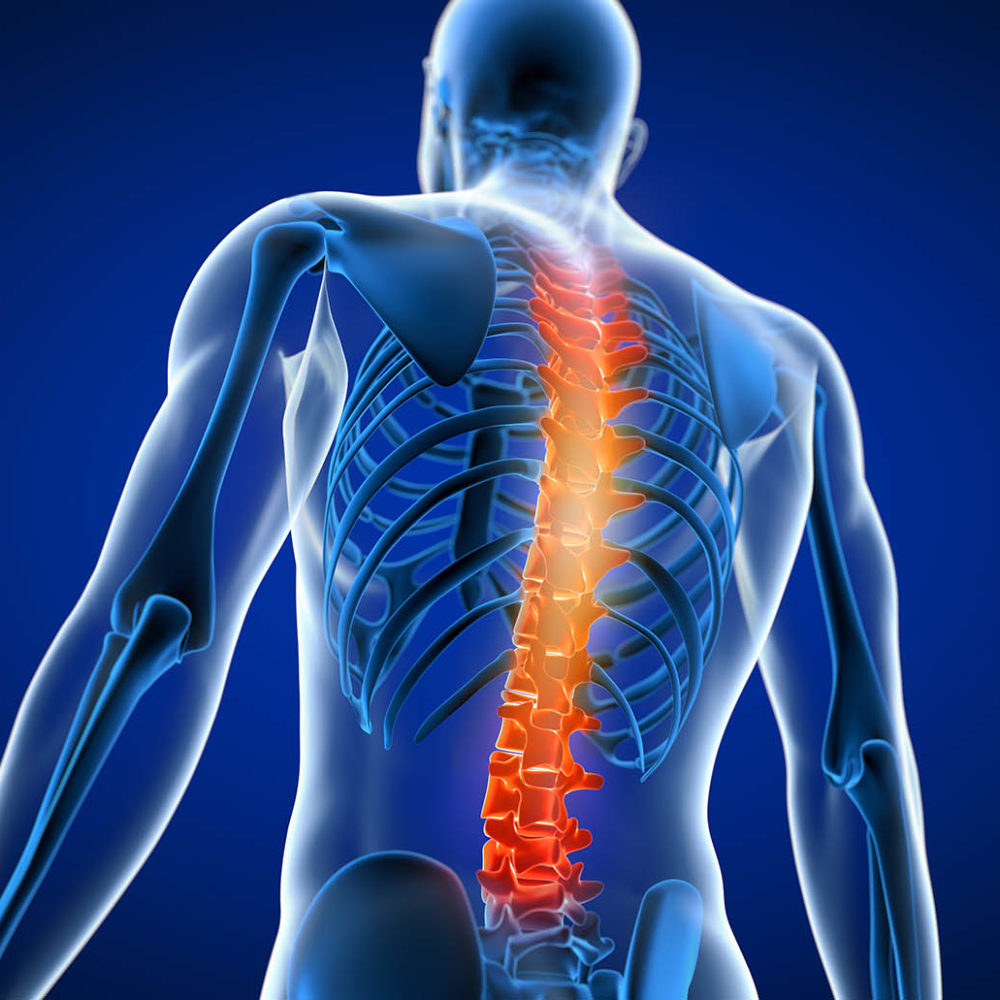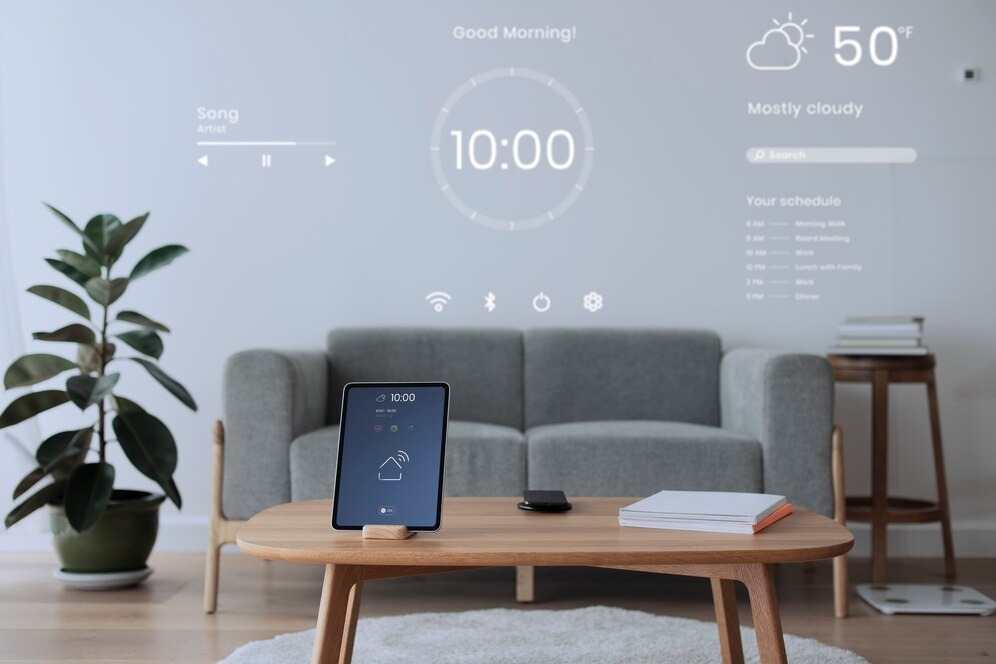Chiropractic Lower Back Adjustment: Relief, Benefits & Safety
Published in [Alternative Therapies > Chiropractic Care] | Reading time: 8 minutes
Struggling with persistent lower back pain that seems to control every aspect of your day? You’re certainly not alone—over 80% of adults experience significant lower back pain at some point in their lives, and millions are discovering relief through chiropractic care as a natural, drug-free alternative to conventional treatments. A chiropractic lower back adjustment represents one of the most researched and effective non-invasive solutions for spinal health issues.
Rather than masking symptoms with medications, this hands-on approach addresses the root mechanical causes of your discomfort while promoting your body’s natural healing processes.
In this comprehensive guide, we’ll explore exactly how chiropractic adjustments work, their proven benefits for lower back pain, safety considerations, cost factors, and how to find the right practitioner for your needs. Whether you’re dealing with acute injury or chronic discomfort, understanding these evidence-based treatment options can help you make informed decisions about your wellness journey.
How Does a Chiropractic Lower Back Adjustment Work?
The Science Behind Spinal Manipulation
Your spine is an intricate system of 24 vertebrae, each separated by cushioning discs and supported by a complex network of muscles, ligaments, and nerves. When vertebrae become misaligned—a condition chiropractors call subluxation—it can create interference with your nervous system and restrict normal movement patterns.
Think of your spine like a finely tuned instrument. When even one element falls out of alignment, it affects the entire system’s performance. These misalignments often result from everyday activities: poor posture during long work hours, improper lifting techniques, repetitive movements, or even emotional stress that causes muscle tension.
A chiropractic adjustment applies controlled, specific force to joints that have become restricted in their movement or aren’t functioning properly. This therapeutic intervention helps restore normal motion and position to spinal joints, reducing nerve irritability and improving function. The distinctive “popping” sound you might hear during an adjustment is simply nitrogen gas being released from the joint space—completely harmless and often accompanied by immediate relief.
Common Techniques Used
Chiropractors employ various techniques tailored to your specific condition and comfort level:
Diversified Technique is the most commonly used method, involving quick, precise thrusts applied by hand to restore normal motion and position to spinal segments. This traditional approach is highly effective for most lower back conditions.
Gonstead Technique focuses on specific analysis and adjustment of individual vertebrae, using precise positioning to ensure maximum therapeutic benefit with minimal force.
Activator Method utilizes a small, handheld instrument that delivers consistent, gentle impulses to specific spinal segments. This approach is particularly beneficial for older adults or those who prefer lower-force treatments.
Flexion-Distraction involves a specialized table that gently stretches the spine while the chiropractor applies specific pressure. This technique is especially effective for disc-related problems and spinal stenosis.
What to Expect During a Session
Your first chiropractic visit typically begins with a comprehensive consultation and examination. Your practitioner will review your health history, discuss your symptoms, and perform orthopedic and neurological tests to identify the source of your discomfort.
The adjustment process itself usually takes 15-30 minutes. You’ll be positioned on a specialized chiropractic table designed to support your body while allowing precise access to the affected area. Your chiropractor will use their hands or specialized instruments to apply controlled pressure to specific joints.
Many patients experience immediate relief, though some may feel mild soreness similar to what you might experience after starting a new exercise program. This temporary discomfort typically resolves within 24-48 hours as your body adapts to improved spinal alignment.
Benefits of Chiropractic Care for Lower Back Pain
Pain Relief Without Medication
One of the most compelling advantages of chiropractic care is achieving significant pain relief without relying on medications. While over-the-counter NSAIDs and prescription painkillers may provide temporary symptom relief, they don’t address underlying mechanical problems and can carry unwanted side effects with long-term use.
Research consistently demonstrates that chiropractic adjustments can be as effective as conventional medical treatments for lower back pain, often with faster results. A landmark study published in the Journal of Manipulative and Physiological Therapeutics found that patients receiving chiropractic care showed greater improvement in pain levels and functional ability compared to those receiving standard medical care.
This natural approach aligns perfectly with your body’s inherent healing mechanisms. Rather than suppressing pain signals with chemicals, adjustments restore proper spinal function, allowing inflammation to reduce naturally and nerve communication to normalize.
Improved Mobility & Posture
Chronic lower back pain often creates a cycle of reduced movement and muscle weakness. When you’re in pain, you naturally limit your activities, which can lead to muscle deconditioning and joint stiffness—ultimately making the problem worse.
Chiropractic adjustments break this cycle by restoring normal joint motion and reducing muscle tension. Many patients notice improved flexibility and range of motion within just a few sessions. This enhanced mobility allows you to return to activities you enjoy while building strength and endurance in supporting muscles.
Proper spinal alignment also promotes better posture, which is crucial for long-term spinal health. When your vertebrae are properly positioned, it reduces stress on surrounding muscles and ligaments, making it easier to maintain good posture throughout your day.
Long-Term Wellness Benefits
Beyond immediate pain relief, regular chiropractic care can enhance your overall nervous system function. Your spine houses and protects your spinal cord, which serves as the main communication highway between your brain and body. When spinal function improves, it can positively impact various aspects of your health.
Many patients report improved sleep quality, reduced stress levels, and enhanced energy after beginning chiropractic treatment. This makes sense from a physiological perspective—when your nervous system functions optimally, your body can better regulate healing processes, immune function, and stress responses.
Chiropractic care also emphasizes prevention through education about proper body mechanics, ergonomics, and exercises to maintain spinal health. This proactive approach can help prevent future injuries and reduce the likelihood of chronic problems developing.
Is Chiropractic Adjustment Safe for Chronic Lower Back Pain?
Safety Considerations
Chiropractic treatment boasts an excellent safety record when performed by licensed professionals. Serious adverse events are extremely rare, occurring in less than 1 in 10 million cervical adjustments and even less frequently with lower back treatments.
The most common side effects are mild and temporary, including:
- Light soreness or stiffness for 24-48 hours post-treatment
- Temporary fatigue as your body adjusts to improved alignment
- Mild headache (more common with neck adjustments)
These reactions are normal and typically indicate that your body is responding to the treatment. Think of it like the mild soreness you might experience after a good workout—it’s a sign that positive changes are occurring.
More serious complications, while extremely rare, can include herniated discs or nerve injury. However, these risks are significantly lower than those associated with spinal surgery or long-term medication use. Your chiropractor will perform thorough examinations and use appropriate diagnostic imaging when necessary to ensure treatment safety.
Who Should Avoid Adjustments?
While chiropractic care is safe for most people, certain conditions require special consideration or alternative treatment approaches:
Severe osteoporosis can make bones more fragile and susceptible to fracture, though gentle techniques may still be appropriate with proper precautions.
Spinal fractures or tumors require immediate medical attention and are contraindications for traditional adjustments.
Severe disc herniation with neurological symptoms may need medical evaluation before chiropractic treatment.
Blood-thinning medications don’t necessarily prevent chiropractic care but may require modified treatment approaches.
A qualified chiropractor will thoroughly evaluate your health status and medical history to determine the most appropriate treatment approach for your specific situation.
Research-Backed Evidence
Multiple high-quality research studies support chiropractic care’s effectiveness for lower back pain. The American College of Physicians now includes spinal manipulation as a first-line treatment recommendation for acute and chronic lower back pain.
A comprehensive review published in the Cochrane Database found that spinal manipulation provides significant short-term improvement in pain and function for acute lower back pain. For chronic conditions, research shows that combining chiropractic adjustments with exercise therapy produces superior long-term outcomes compared to either treatment alone.
The evidence is particularly strong for mechanical lower back pain—conditions caused by joint dysfunction, muscle tension, or movement problems rather than serious underlying pathology.
Chiropractic vs. Physical Therapy for Lower Back Pain
Key Differences
Both chiropractic care and physical therapy offer valuable approaches to lower back pain, but they focus on different aspects of healing and recovery.
Chiropractic care primarily addresses spinal alignment and joint function. Chiropractors use hands-on adjustments to restore normal movement to spinal segments, reduce nerve interference, and promote natural healing processes. This approach is particularly effective for pain caused by joint restrictions, muscle tension, and alignment issues.
Physical therapy emphasizes strengthening, stretching, and movement retraining. Physical therapists use exercises, manual therapy, and various modalities to improve muscle function, endurance, and movement patterns. This approach excels at addressing muscle weakness, movement dysfunction, and preventing re-injury.
The philosophical differences extend to treatment goals: chiropractic care often focuses on optimizing nervous system function and overall wellness, while physical therapy typically targets specific functional improvements and injury prevention.
Which Is Right for You?
The best choice depends on your specific condition, preferences, and treatment goals. Many successful treatment plans actually combine both approaches for optimal results.
Consider chiropractic care if you have:
- Joint stiffness and restricted movement
- Pain that improves with movement but returns with inactivity
- Acute pain following injury or sudden onset
- Previous positive experiences with manual therapy
- Preference for hands-on treatment approaches
Consider physical therapy if you have:
- Muscle weakness or imbalances
- Poor movement patterns or body mechanics
- Need for specific functional training
- Post-surgical rehabilitation requirements
- Preference for exercise-based treatments
Many patients benefit from starting with chiropractic care to address acute pain and joint restrictions, then transitioning to physical therapy for strengthening and movement retraining. This integrated approach addresses both immediate symptoms and long-term prevention strategies.
Cost of Chiropractic Lower Back Adjustment & Finding Care
Typical Pricing
Chiropractic treatment costs vary based on location, practitioner experience, and treatment complexity. Initial consultations and examinations typically range from $75-$200, while follow-up adjustment sessions cost between $30-$100.
Most insurance plans provide some coverage for chiropractic care, especially when related to specific diagnoses like lower back pain. However, coverage limitations vary significantly—some plans cover 12-20 visits per year, while others may require co-pays or have higher deductibles for alternative care providers.
Many chiropractors offer package deals or payment plans to make treatment more affordable. Some also accept Health Savings Account (HSA) or Flexible Spending Account (FSA) payments, which can provide tax advantages for qualifying medical expenses.
When considering costs, compare chiropractic care to alternatives: a course of chiropractic treatment often costs less than ongoing prescription medications or a single MRI scan, and significantly less than spinal surgery with its associated risks and recovery time.
How to Find the Best Chiropractor Near You
Selecting the right chiropractor is crucial for achieving optimal results. Start by verifying credentials—all chiropractors must complete four years of specialized education and pass national board examinations for licensure.
Research potential providers by:
- Checking state licensing board websites for any disciplinary actions
- Reading patient reviews on multiple platforms (Google, Healthgrades, Yelp)
- Asking for referrals from healthcare providers you trust
- Contacting your insurance company for in-network providers
During your initial consultation, evaluate:
- Communication style and willingness to answer questions
- Treatment philosophy and approach to patient education
- Office cleanliness and professional atmosphere
- Use of evidence-based techniques and diagnostic procedures
- Realistic treatment expectations and outcome goals
Avoid practitioners who make unrealistic promises, recommend excessive treatment plans, or discourage you from seeking second opinions. The best chiropractors focus on education, realistic expectations, and collaborative treatment planning.
Chiropractic Lower Back Adjustments Offer a Proven Wellness Option
Chiropractic lower back adjustments offer a proven, natural approach to pain relief that addresses root causes rather than merely masking symptoms. Through precise spinal manipulation, these treatments restore proper joint function, reduce nerve interference, and promote your body’s inherent healing capabilities.
The evidence strongly supports chiropractic care as an effective first-line treatment for both acute and chronic lower back pain, with minimal side effects and excellent safety records when performed by qualified practitioners. Whether you’re seeking drug-free pain relief, improved mobility, or long-term wellness benefits, chiropractic care can be an valuable component of your health optimization journey.
Ready to experience natural relief from your lower back pain? Schedule a consultation with a qualified chiropractor in your area to explore how spinal adjustments can help restore your comfort, mobility, and quality of life. Your journey toward optimal spinal health begins with that first step toward professional care.
Frequently Asked Questions
How long does a chiropractic lower back adjustment take? Most adjustment sessions last 15-30 minutes, including any necessary setup and post-treatment instructions. Initial visits may take longer due to comprehensive examination and consultation requirements.
Can a chiropractor fix a pinched nerve in the lower back? Yes, chiropractic adjustments can often relieve nerve compression by restoring proper spinal alignment and reducing inflammation around affected nerve roots. However, severe cases may require additional interventions.
How many sessions are needed for lower back pain relief? Treatment duration varies based on condition severity and individual response. Acute pain may improve within 2-3 sessions, while chronic conditions typically require 6-12 visits for optimal results. Your chiropractor will provide specific recommendations based on your evaluation.
Does insurance cover chiropractic adjustments? Most insurance plans provide some coverage for chiropractic care, particularly for diagnosed conditions like lower back pain. Coverage varies significantly, so contact your insurance provider to understand your specific benefits and limitations.
What’s the difference between a chiropractor and a massage therapist? Chiropractors are healthcare professionals trained to diagnose and treat musculoskeletal conditions through spinal adjustments and other therapeutic techniques. Massage therapists focus primarily on soft tissue manipulation. Both can be beneficial, often working complementarily in comprehensive treatment plans.
When should I see a doctor instead of a chiropractor? Seek immediate medical attention for severe pain following trauma, pain accompanied by fever, loss of bowel/bladder control, progressive weakness in legs, or severe pain that doesn’t improve with rest. These symptoms may indicate serious conditions requiring urgent medical care.
Can I exercise after a chiropractic adjustment? Light activity is generally encouraged after adjustments, but avoid intense exercise for 24 hours to allow your body to adapt to treatment. Your chiropractor will provide specific activity recommendations based on your condition and treatment response.
Are chiropractic adjustments painful? Most patients experience minimal discomfort during adjustments. You may feel pressure or stretching sensations, and some people experience mild soreness afterward, similar to post-exercise feelings. Severe pain during treatment is not normal and should be reported immediately.
This article is part of our Alternative Therapies series. For more natural approaches to wellness, explore our guides on acupuncture benefits, red light therapy, and functional medicine approaches to holistic health optimization.












